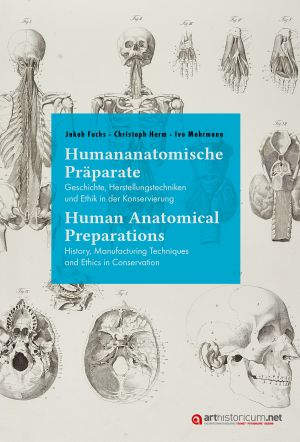Zitationsvorschlag
Lizenz (Kapitel)

Dieses Werk steht unter der Lizenz Creative Commons Namensnennung - Nicht-kommerziell - Keine Bearbeitungen 4.0 International.
Veröffentlicht
Biocides and other Harmful Substances on Dry and Fluid Preserved Specimens
Biocide-contaminated dry specimens and harmful substances in fluid preserved specimens can be found in many scientific museums and collections. Early preservation methods of organic tissue relied on using mainly essential oils and salts for the manufacture of human and animal mummies. In the last 500 years, many technical improvements have been introduced for preserving specimens for scientific research. Through the use of arsenic trioxide in the course of the 18th and 19th centuries it became possible to preserve animal skins more effectively. This substance, among others, persisted as a biocide until the 20th century. By then, many biocides were developed, especially pesticides that were used for the industrial purposes. Many institutions began to use a large variety of these new biocides to preserve their collections. Preparation technicians included some of these in the manufacture of specimens. Therefore, the conservation and care of such cultural assets might be associated with a health risk. This article draws attention to the problem providing a historical overview of the various poisons used in preparation technology. It also presents some methods for analysis and occupational safety suggestions. At the same time, it demonstrates the importance of good networking among the various professional groups and the resulting interdisciplinary cooperation.







